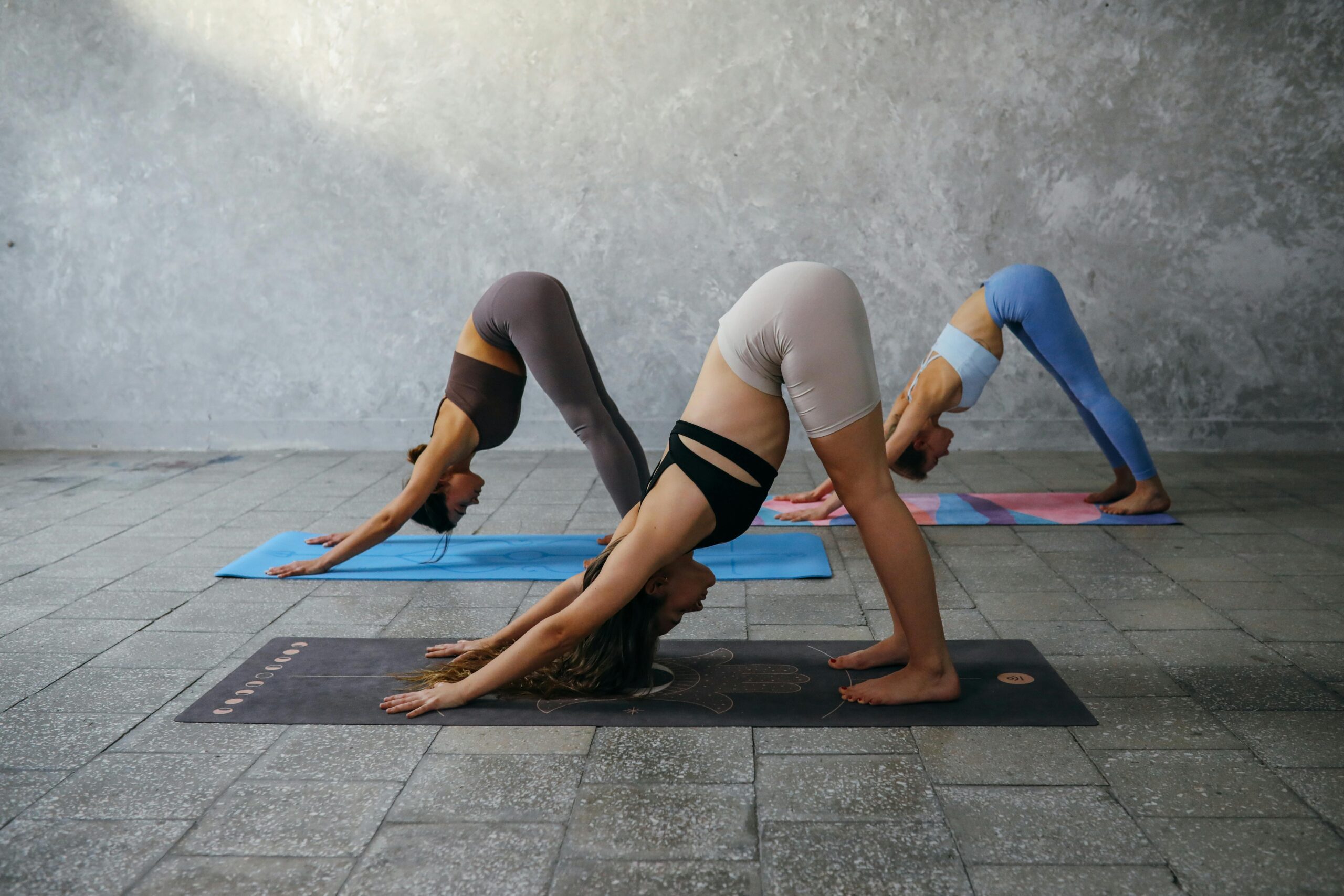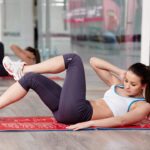In your 20’s, bending down to tie your shoes or reaching back to grab your wallet effortless. As you age, your body’s soft tissue, especially the joints, become more rigid and can make daily tasks more difficult. Eventually, your joints can stiffen so much that basic movement, like walking, becomes uncomfortable or even painful, which can increase your risk of falling or developing arthritis.
But many people don’t think much about their joints until they start to ache. You can catch problems early by regularly testing your range of motion. First, you need to know which joints to focus on. You may not always feel stiff, so testing your joints independently can allow you to gauge your range of motion and identify where you can improve.
Here are some tests that you should do monthly to check mobility. If you’re pushing to achieve a range or experience pain performing these tests, see a physician.
Neck:
Neck mobility contributes to how much you can see the world around you, such as glancing over your shoulder or looking at your toes. You can test this by rotating your head to the left and the right, without turning your shoulders. Stand in front of a mirror, if it’s easier. A healthy range of joint mobility means you can turn your head 80 degrees, or just short of your shoulder. Now, return to the starting point and look up. You should be able to gaze directly at the ceiling. Then bring your chin down toward an inch or two away from your chest. Bend your neck sideways by lowering your right ear to your right shoulder. Your neck should bend 45 degrees, so your ear is about halfway to your shoulder without bringing your shoulder up. Repeat on the opposite side.
Shoulders:
Shoulder extension allows you to tie an apron behind your back, put on a hat or reach your back pocket. From the hips, reach your hand behind your back and touch your mild back with thumb. This is a healthy range of mobility. If you struggle to touch the small of your back or even your back pocket, you need to work on your shoulder extension.
Wrists:
Place your hands together, palms touching fingers and pointed up, under your chin with your elbows parallel to the ground. Try to keep your whole palms touching and lower in front of your chest, then down in front of your belly button without separating your palms or lowering your shoulders.
Back:
Our spine flexes, extends and rotates to help us twist. To test it, stand with your feet hip width apart. Keep your knees straight as you slide your right fingertips down your thigh. If you cannot touch the outside of your right knee, you should work on your spinal mobility. Repeat the same on the left.
Hips:
Sit in a chair or lie on your back. Pull your right knee into your chest. The goal is for your right thigh to touch your abdomen and chest.
Knees:
Being able to bend your knees through their full range of motion is crucial for everyday movements such as squatting, walking, climbing stairs and sitting. To test it, stand on your left foot. Use your right hand to bring the heel of your right foot behind you, towards your butt. If your heel touches your glute, you have a healthy range of mobility. If your heel is far from your glute, focus on improving your knee mobility.
Ankles:
Ankle mobility is key for balance and proper walking patterns. Limited mobility can contribute to knee, hip, and lower back problems. To test ankle mobility, stand facing a wall so your toes touch it. Bend your knees and keep your feet flat on the ground. Your knees should be able to touch the wall without your heels rising. If this is easy, take one step away from the wall and repeat.





